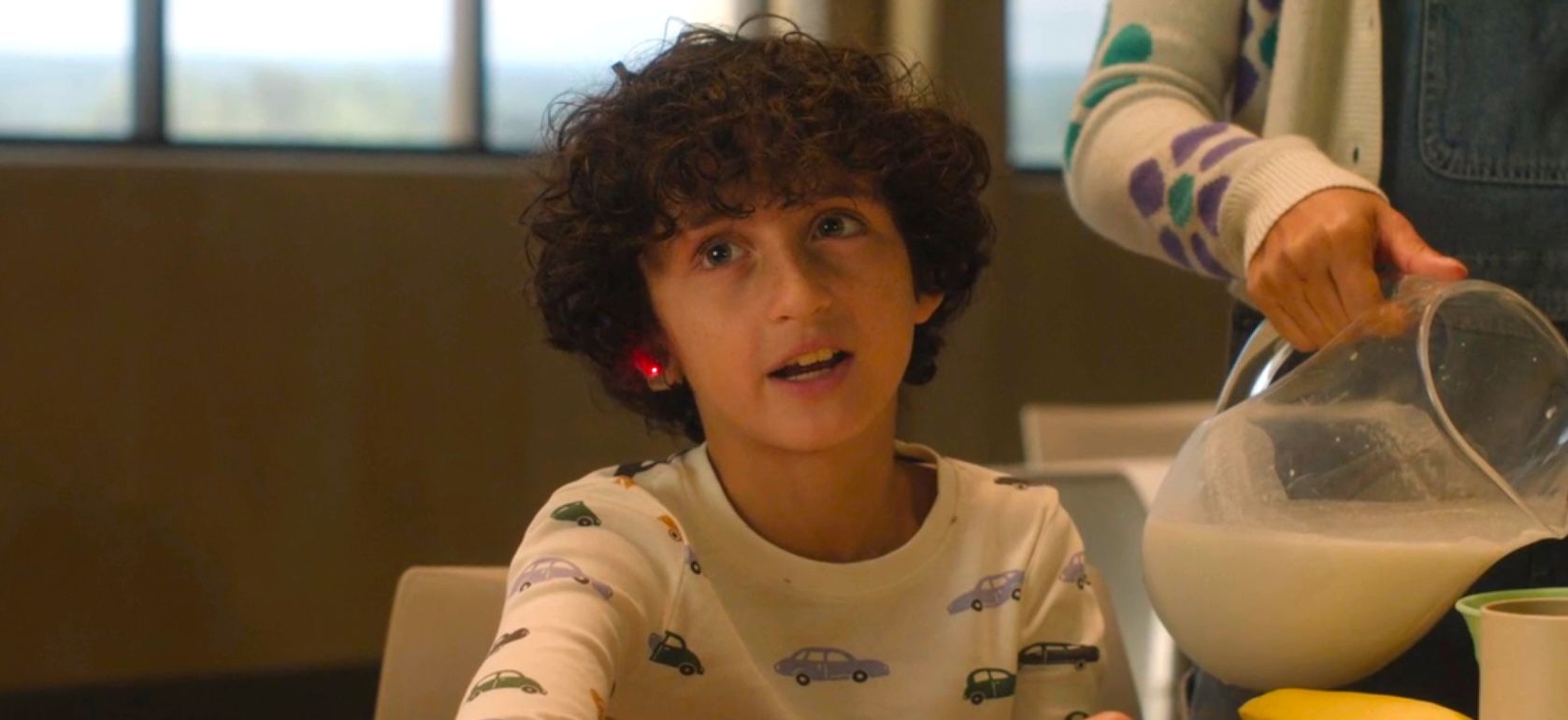Warning! This article contains spoilers for The Institute episode 5.
Even though many Stephen King adaptations have struggled to get one crucial aspect of the author’s stories right, a new show based on King’s six-year-old novel finally defies that trend. Given how he has written over 60 novels and continues to expand his ever-growing horror universe, Stephen King seems to have an endless stream of unique ideas in horror storytelling.
While only a few of Stephen King’s books are directly interconnected and serve as pieces of a larger overarching narrative, many feature well-rounded stories that stand on their own. Despite this, even the novels that feature standalone narratives often share many trademarks that commonly appear in most Stephen King stories.
For instance, anyone familiar with his books or adaptations would know that Maine is often the primary setting for many of his horror and non-horror stories. There is also a character development device that often appears in Stephen King’s books but has been difficult to adapt on the big and small screens. Fortunately, a new Stephen King TV show seems to get it right.
Stephen King Books’ Inner Monologues Are Difficult To Adapt
Monologues Can Often Seem Unnatural & Monotonous On The Screen
Monologues from books are often hard to adapt in the live-action medium. While novels often allow readers to pause and visualize a character’s internal thoughts and motivations, shows have to rely more on showing than telling because of how visual storytelling is often expected to convey subtext through performances and pace.
Even in The Institute, Stephen King often adopts metaphors and prompts a reader to visualize strange imagery to be able to understand a character’s mental state. There are also times when the book does not shy away from lingering from the central plot, only to get overly descriptive about a character’s fleeting thoughts or growing understanding of their surroundings.
If a show attempts to tread the same path as the books, it would risk being too slow or indulgent for most viewers. The Institute, too, unfolds as a quick-paced sci-fi thriller and could easily lose narrative momentum if it took a detour and replicated every inner monologue from the original book.
Avery & Luke’s Telepathic Conversation In The Institute Episode 5 Is A Great Example Of Stephen King’s Inner Monologues
Avery & Luke’s Telepathic Conversations Show How Inner Monologues Should Be Captured In Live-Action
Towards the end of The Institute episode 5, Avery telepathically talks to Luke while he attempts to escape the facility. Since Avery’s abilities are far more advanced, he uses them to help Luke navigate his way out while guiding him through telepathy. The show could have portrayed this sequence in multiple ways.
However, interestingly, instead of featuring a more verbal conversation between the two characters, The Institute shows how Luke is able to distantly hear Avery’s voice in his head. This creative choice makes the sequence more immersive as it allows viewers to see the action unfold from Luke’s eyes while also portraying how Avery is guiding him.
With this sequence, the Stephen King show proves that, with enough creativity, some of the most challenging inner monologues and psychic exchanges from the source material can be translated into compelling visual storytelling.



